Zach & Karthik's Colorful Wedding at Jefferson Street Mansion
We love to share wedding experiences so you can see gorgeous weddings at our favorite venues. Today, we're taking a trip back in time to a beautiful...
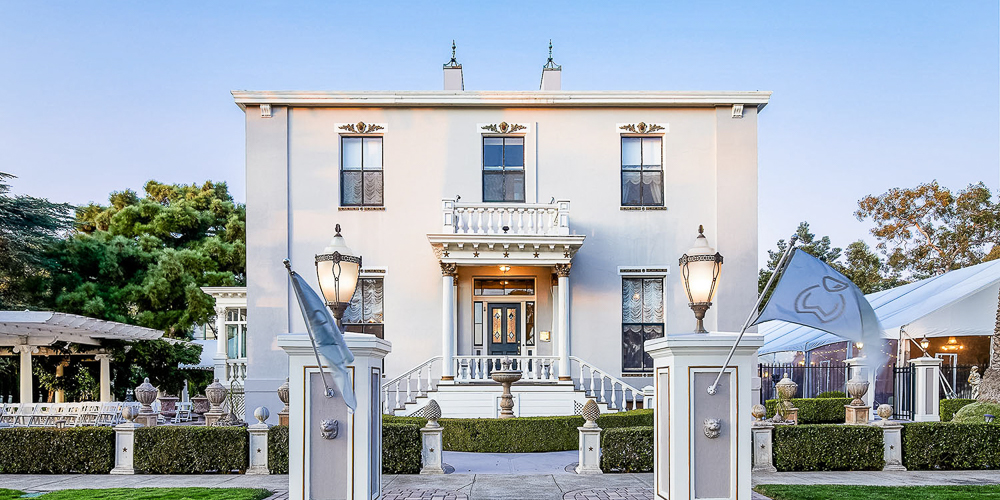
Built in 1861 and designated as the Captain’s Quarters, this fully restored three-story Arsenal building, surrounded by an acre of formal gardens and garden pavilions, is the premier wedding venue for Bay Area couples wanting to add elegance and history to their celebration.
This formal 1861 Civil War period mansion has been fully restored with Empire Style elegance. Located in the Historic Benicia Arsenal where the General Sherman and General Grant once walked, Jefferson Street Mansion by Wedgewood Weddings is a masterpiece, lovingly restored by J. Reed Robbins. Here she explains the restoration process, history and her hopes for this monument to hard work, creativity and perseverance.
"Occupying a 1.5-acre lot overlooking the water, the mansion totals about 8,000 square feet of space. It has two ballrooms with 12-foot-high windows, elaborate wall and ceiling medallions, two fireplaces, crystal chandeliers and antique mirrors. The red velvet drapes were custom-designed by New Orleans designers Les Wisinger and Buzz Harper."
— Forbes.com
To experience one of the most unique and beautiful wedding venues in Northern California, take a tour of Jefferson Street Mansion, the 1861 Formal Military Mansion which has been masterfully restored to its pre-Civil War grandeur. Here luxury knows no bounds. Rich velvet draperies, adorned with gold tassels hang from ceiling to floor; beautiful artwork generously framed in gold lights up the walls; antiques and collectibles of distinction all serve to recreate the romance of the pre-civil war.
The same elegance and style is displayed in the incredibly detailed wedding presentations. From the banquet table, which features huge ornate carved antique walnut centerpieces, yards of swagged ivory brocades with gold tassels, richly detailed statuary with ivy topiaries, and elaborate silver trays for food presentation; every aspect of the service is a visual delight. The couple even has the privilege of dressing in a bedroom selected for the cover of Better Homes & Gardens 'Bedroom & Bath' with the distinction of being one of the three best-decorated rooms in the country and has been featured on four Home & Garden TV episodes.
With the closing and decommissioning by the US Military of the Arsenal in the 1960’s, the property went into private ownership and was converted to commercial office space. By 1997 it had gone into decay and a bank foreclosure and was then purchased by J. Reed Robbins in 1998. Ms. Robbins purchased the property specifically to restore for use as an event location. The design styles used are in reference to the past military as well as many classic historic French decorative enhancements.
The US Military were great admirers of the brilliant military strategist, Napoleon. In addition, it was the French General Lafayette, that was significant to our own American Revolution. So many of the period details are in homage to the French military as well as inspired by the Empire style of design.
The California Heritage Council awarded Jefferson Street Mansion a Historic Preservation Award. As one of the recipients said, “This is like the Academy Awards of historic preservation.”
The awards were presented at a dinner at the San Francisco Presidio Golf Club and was attended by owner Ms. Reed Robbins; Benicia’s City Manager Jim Erickson and his wife Patti Erickson; Benicia’s Superintendent of Parks Nyles Gregory; as well as the President of the Friends of the Benicia Arsenal.
The City of Benicia Staff then made a Proclamation in honor of Ms. Robbins’ outstanding historic preservation efforts on Tuesday, July 20th at the City Council meeting, announcing the award before the City Council, attendees and television viewers. The proclamation made mention of Jefferson Street Mansion, Captain Walsh House and the many volunteer efforts in the field of preservation.
The California Heritage Council was founded in 1959 with original incorporating members including Casper Weinberger, Secretary of the Interior. The Secretary of the Interiors Guidelines for Historic Preservation and Restoration were a result of the formation of this organization. Among past awarded projects have been the War Memorial Opera House, San Francisco City Hall, Monterey Custom House & Plaza, Tahoe Yacht Clu
b, Palace of Fine Arts, Ralston House in Belmont, Awahnee Hotel in Yosemite, the Majestic Hotel, Filoli Estate in Woodside, the Kohl Estate and the Old Mint in San Francisco.

Regency style, decorative arts produced during the regency of George, prince of Wales, and during his entire reign as King George IV of England, ending in 1830.
The major source of inspiration for Regency taste was found in Greek and Roman antiquity, from which designers borrowed both structural and ornamental elements.
The classical revival of Regency style, emphasizing purity of detail and structure, adhered to a stricter archaeological interpretation of antique modes than either the Neoclassicism of the 18th century or the concurrent French Empire style.
A very large sunny room with views of the Carquinez Strait or upper San Francisco Bay, with a fireplace, sitting area and direct access to a large walk-in shower room.
Gothic architecture is a style of architecture that flourished during the high and late medieval period. It evolved from Romanesque architecture and was succeeded by Renaissance architecture.
Originating in 12th-century France and lasting into the 16th century, Gothic architecture was known during the period as Opus Francigenum with the term Gothic first appearing during the latter part of the Renaissance. Its characteristics include the pointed arch, the ribbed vault and the flying buttress. Gothic architecture is most familiar as the architecture of many of the great cathedrals, abbeys and churches of Europe. It is also the architecture of many castles, palaces, town halls, guild halls, universities and to a less prominent extent, private dwellings, such as dorms and rooms.
A suite comprised of numerous separate rooms made private with a huge movable wall separating this area from the rest of the floor. Included within is the bedroom, a sitting room with a fireplace, a lounging deck, changing room, and private shower room.
Empire style, major phase of Neoclassical art that flourished in France during the time of the First Empire (1804–14).
The Empire style was encouraged by Napoleon’s desire for a style inspired by the grandeur of ancient Egypt and imperial Rome.
In architecture it was exemplified by such Parisian buildings and monuments as the Church of the Madeleine (originally the Temple of Glory) by Pierre-Alexandre Vignon, Jean Chalgrin’s Arc de Triomphe de l’Étoile, and Charles Percier and Pierre Fontaine’s Arc de Triomphe du Carrousel and Vendôme Column; in painting, by Jacques-Louis David’s Sacre de l’empereur Napoléon Ier et couronnement de l’impératrice Joséphine dans la cathédrale Notre-Dame de Paris, 2 décembre 1804 and Baron Antoine Gros’ battle scenes; and in sculpture, by Antonio Canova’s heroic statues of Napoleon and his family.
The elegant dark colors with French Empire antique furniture are a vision for repose.
La Belle Époque (French pronunciation: [bɛlepɔk];
French for Beautiful Era was a period of Western European history. It is conventionally dated from the end of the Franco-Prussian War in 1871 to the outbreak of World War I in 1914. Occurring during the era of the French Third Republic (beginning 1870), it was a period characterized by optimism, regional peace, economic prosperity and technological, scientific and cultural innovations.
In the climate of the period, especially in Paris, the arts flourished. Many masterpieces of literature, music, theater, and visual art gained recognition. The Belle Époque was named, in retrospect, when it began to be considered a golden age in contrast to the horrors of the Great War.
A fantasy of fabric & French furniture, featured on numerous design magazine covers and Home & Garden shows, the room boasts a dome covered four poster bed, custom made in New
Orleans, and Carrera marble fireplace.
***
Benicia is in Solano County, about 35 miles from San Francisco and 60 miles from Sacramento.
The Northeast area of the Bay, rose to prominence because of benefactor General Mariano Guadalupe Vallejo. The area was once home of the Coastal Miwok as well as Suisunes and other Patwin Native American tribes. The area on the Carquinez Strait was first conceived of as a town in 1846, when Robert Semple, a dentist from Kentucky, was traveling to Sacramento with General Mariano Vallejo, Spain's last Commandant General of the Mexican forces in California.
 The city of Vallejo (and later Benicia) was once part of the 84,000-acre Rancho Suscol Mexican land grant of 1843 by Governor Manuel Micheltorena to General Mariano Guadalupe Vallejo. General Vallejo was responsible for military peace in the region and founded the pueblo of Sonoma in 1836. General Vallejo, though a Mexican army officer, generally acquiesced in the annexation of California to the United States, recognizing the greater resources of the United States and benefits that would bring to California.
The city of Vallejo (and later Benicia) was once part of the 84,000-acre Rancho Suscol Mexican land grant of 1843 by Governor Manuel Micheltorena to General Mariano Guadalupe Vallejo. General Vallejo was responsible for military peace in the region and founded the pueblo of Sonoma in 1836. General Vallejo, though a Mexican army officer, generally acquiesced in the annexation of California to the United States, recognizing the greater resources of the United States and benefits that would bring to California.
In 1850, Vallejo proposed plans for a new city and after a statewide referendum, his proposal was accepted, and the city was named Vallejo. In 1851, a commission appointed by the Senate found a site on a hill that overlooked the bay and across to the City of San Francisco, and it was approved for its symbolic strategic value. In 1853, the state capitol was officially moved to Benicia - named after Vallejo's wife, Francisca Benicia Carrillo. Benicia remained the capitol for only one year before it permanently moved to nearby Sacramento.
Settlers began to arrive in 1847; by the end of the year, there was a wharf and a hotel. By 1850 the town had more than 100 homes. Today, the waterfront town retains several historic structures, from the pre-Sacramento capitol building to the barns that were used to house camels (the army was trying to use them as pack animals in the 19th century!).
Extra Fact: Many Benicia residents volunteer to maintain and restore Benicia’s historic sites. Among the organizations involved in preserving and highlighting the history of Benicia is the Benicia Historical Society, formed in 1973, and the Benicia Historical Museum, founded in 1985.
***
With decades in the business and an amazing team of incredible wedding planners, get tried and tested help to create an event experience that suits you!
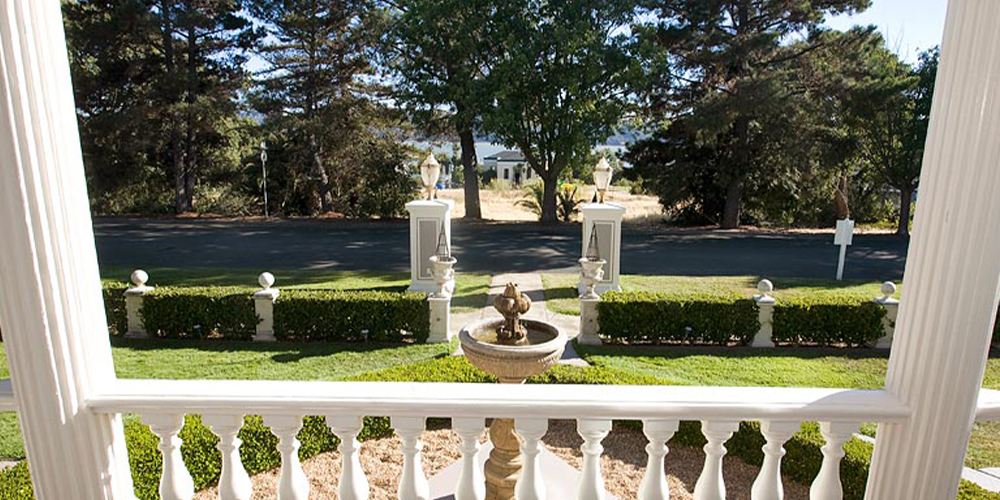
We love to share wedding experiences so you can see gorgeous weddings at our favorite venues. Today, we're taking a trip back in time to a beautiful...
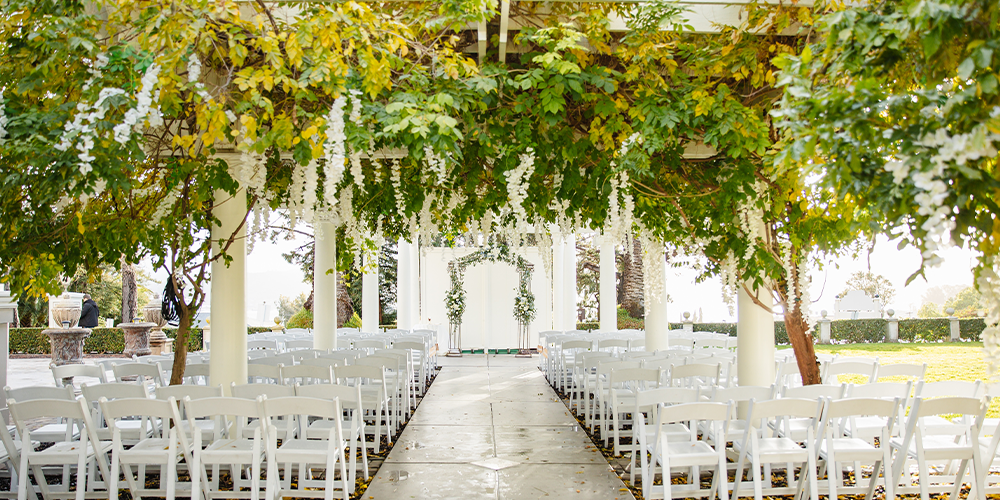
Last December, Kira and Sean celebrated their winter wedding at the Jefferson Street Mansion, beautifully captured by A Perfect Impression...

We're excited to introduce you to Valarie, owner of A Love's in Bloom, an award-winning floral studio in Martinez, CA. A Love’s in Bloom creates...

Nicole Sullivan has been with Wedgewood Weddings since 2011. She’s currently the general manager at our beautiful Jefferson Street Mansion. With her...
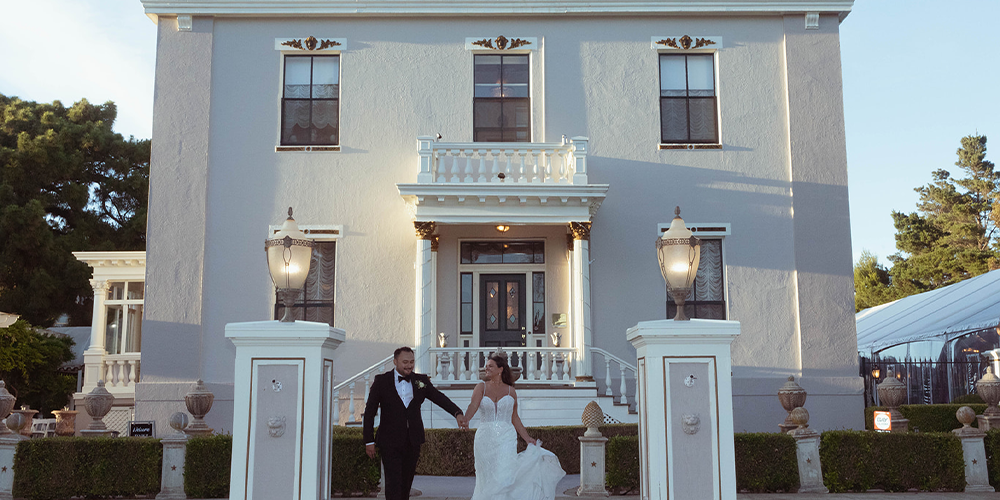
Gina and Sam’s love of California wine country led them to the Jefferson Street Mansion during their venue search. The Mansion is located just 30...
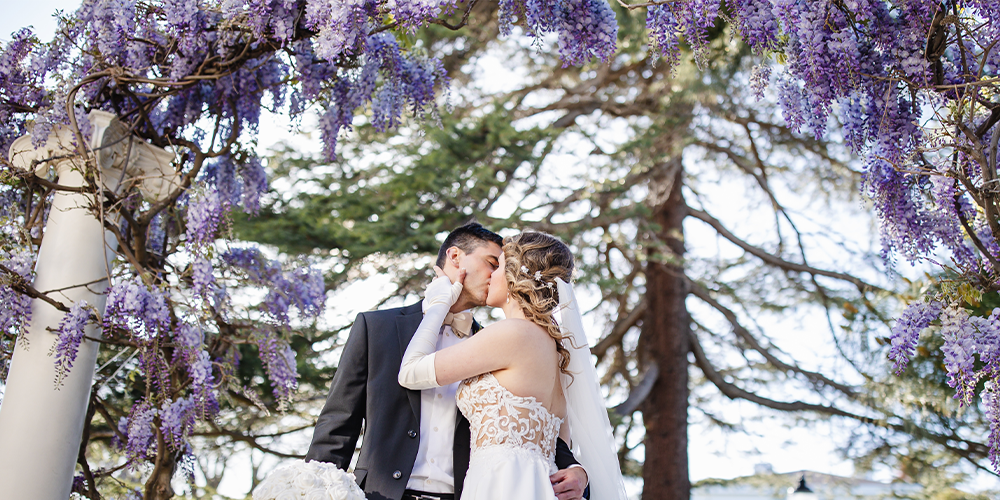
When we first met Luke and Lora, we had a feeling their wedding was going to be memorable. After all, they share a name with Luke and Laura, the...